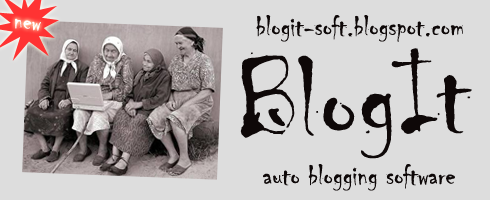Talking to AOL CEO Tim Armstrong earlier this week about its investors day tomorrow, he used the word “execution” a lot.
No, not the kind evoking a firing squad if he did not succeed at turning around the New York-based Internet giant soon as he has long promised.
Instead, Armstrong was referring to reassuring big shareholders and Wall Street analysts that AOL was now in a mode of making sure all its many moves to turn around the company will finally begin to pay off.
“Basically, our point is going to be about fully operating around the strategy we’ve built,” said Armstrong in a wide-ranging interview. “It seems right for investors to ask about executing on what we have been doing for the last year and a half.”
It’s certainly the right message for the charismatic executive to be delivering, as he and other top AOL execs present their plans moving forward, especially after what has turned out to be a very hyperactive year.
After deep layoffs, a massive rejiggering of its management ranks and a number of shifts of its business focus, without much advertising increase to show for it yet, Armstrong has also pushed through a series of acquisitions.
It culminated in the high-profile and decidedly dramatic purchase of the Huffington Post in January for $350 million in cash.
Now, said Armstrong, deals will be taking a back seat to products.
“We are diligently staying on strategy and really focusing on products and services,” said Armstrong. “We have laid out the path we are on and now investors want proof of the concept.”
To Armstrong, that means the push of “branded content” and a continued focus on significant properties in key topic areas.
Tomorrow, in news that could worry investors, AOL will be noting that traffic is flat year over year, but explaining that it is due to the outsourcing of its sports and health sites.
“If you added that back in, we would have had a phenomenal year of growth,” said Armstrong. “Our main point will be that this is the right path for AOL.”
In fact, in an unusual wording, he said AOL was betting on the “urbanization” of the Web around big branded sites, which is, in many ways, exactly where the Web was a decade ago with Yahoo, Excite and others.
But Armstrong will be making the point that this retro idea is perfect for today, as marketers look for quality content that attracts big audiences, which has seen its most energetic application in the Huffington Post.
Thus, his linchpin remains the flashy news site’s even flashier co-founder Arianna Huffington, who has cut a very wide swath through AOL’s content efforts since Amstrong made her media czar of the company.
As Armstrong did, she also stressed the focus on unique visitors and ad growth, more video and a laser focus on local.
This includes shoving editorial into every AOL property, including unlikely ones such as Moviefone and MapQuest, and integrating it all to point back to the Huffington Post mothership.
“Much better editorial integration is a centerpiece of what we are doing, surfacing content in new places it was not before,” said Huffington, who used examples of local stories via its Patch unit that have gone global with a special push.
And by global, that also means the creation of new content sites in Europe and elsewhere, in order to build this unusual dream of a fully aggregating world.
“It is a big test of the HuffPo platform aggregation to do this,” said Huffington, who has clearly longed for the kind of money and staff to do this for a very long time. “It has moved a lot faster than I thought it would … but it feels good to be moving on so many fronts at once.”
Many fronts indeed, which might make investors pause. So far, those shareholders have had a continued wait-and-see attitude toward AOL, which has seen its stock decline almost 13 percent from its late 2009 IPO debut.
That’s mostly due to worries about whether the continued and expected fall-off of its lucrative access business can be met by similar increases in its ad business.
That share drop has been especially steep since the beginning of the year, but it has also not been drastic, indicating an interest in continuing to believe Armstrong’s confident — well, confidently delivered, at least — narrative.
As Citi’s Mark Mahaney wrote in a one-hand-other-hand note yesterday about the investor day:
Positives: 1) AOL still remains a top 5 U.S. Internet property; 2) In the latest quarter, AOL’s Display segment grew Y/Y for the first time in ~3 years, and this improvement seems sustainable; 3) At 4x ’11 EV/EBITDA, AOL’s valuation is among the lowest of any ’Net Stock. Negatives: 1) Deteriorating fundamentals; 2) Significant market share losses — ’Net usage, Display Advertising revenue & Search queries; 3) A significant profit hole from the structural decline of its Subs biz; 4) Substantial competitive risk; and 5) An unproven (@ AOL) management team.
“We all like Tim and what he says makes a lot of sense,” added one big investor, who is also attending and has many questions about the efficacy of what AOL is doing, in a common sentiment among its large shareholders. “But we also need to see real results soon.”
Generated by BlogIt
BlogIt - Auto Blogging Software for YOU!




No comments:
Post a Comment